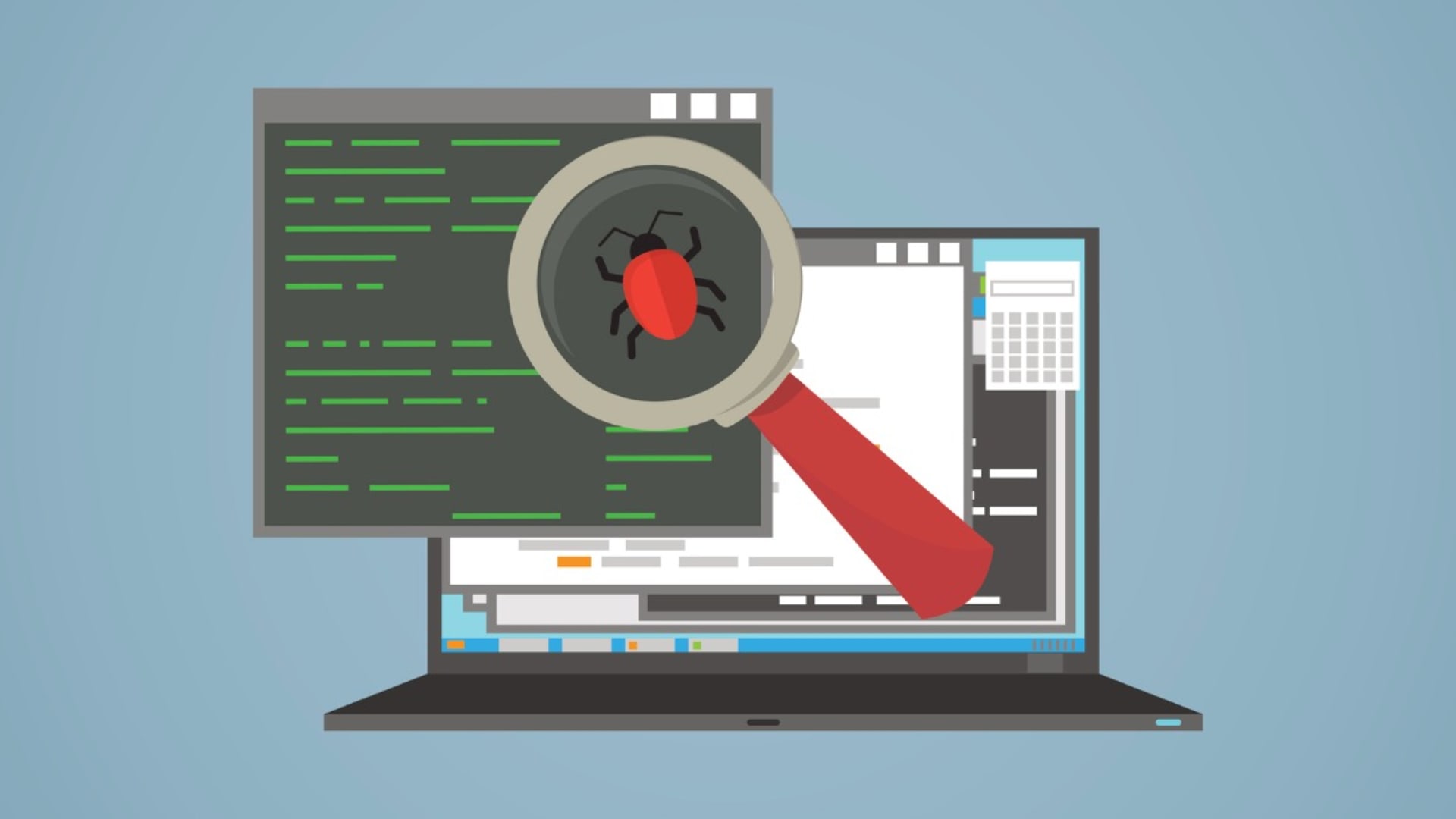Although everyone involved in the software development life cycle strives to prevent bugs, they still happen. To more effectively test, manage, and fix bugs throughout the development process, teams utilize bug prioritization methodologies. These processes allow them to resolve these issues while maintaining software quality and adhere to planned release schedules.
Bug prioritization involves evaluating the impact and urgency of each bug in order to allocate resources in the most effective manner. This is typically based on the concepts of severity and priority. Although commonly used interchangeably, these concepts are different.
The Basics of Bug Tracking: What is a Bug?
Bugs in software are as diverse as the insects outside. In the world of development, a bug is an error or defect in a program or system that creates an incorrect, unexpected, or unintended result. Bugs can have varying degrees of consequences in software development, ranging from minor inconveniences and glitches to total system failures and crashes.
For users, bugs create frustrating situations that decrease productivity and cause a loss of trust in the software and brand. They can result in financial losses, reputational damage, and operational disruptions for companies. This makes effective bug tracking and management critical.
Why Prioritization Is Essential
Every development project comes with limitations, whether costs, time, or manpower. Without proper bug prioritization, teams could misallocate these resources, which leads to decreases in productivity and overall inefficiencies.
This also creates situations where critical issues go unresolved. Meanwhile, lesser problems could consume significant resources, leading to compromises in quality, potential financial losses for the company, and a poor user experience.
Strategic prioritization helps companies and teams maximize their efficiency and effectiveness when it comes to resolving bugs.
Understanding Severity
A bug’s severity defines the level of impact it has on the software’s performance, functionality, and/or stability. Severity measures the potential extent of the bug’s effects on the software’s operational capability. This ranges from slight inconveniences due to minor issues to critical flaws resulting in significant data loss or total system failure.
Levels of Severity
There are four main levels used to categorize and determine bug severity in software development: critical defect, major, minor, and trivial.
Critical Defect
A bug deemed a critical defect severely impacts the software’s core functionalities or compromises its security. It inhibits normal functioning and operations and can lead to data loss or total system shutdown. High-severity defects are dire because they keep users from completing tasks, disrupt the normal flow of operations, and must be fixed immediately.
For example, if a shopping website wouldn’t allow users to check out or log into their accounts, the site likely has a critical defect in its code. A medical application recording patient data inaccurately, thereby compromising the app’s reliability and usability, also probably has a critical bug.
These types of high-severity bugs are major problems and require immediate attention to improve the software’s security and usability.
Major
When a bug doesn’t affect an entire application or software system but still causes issues or inhibits significant functionalities, it falls under the classification of major severity. While a high-severity defect has the potential to cause total system failure, bugs are considered major when the software doesn’t meet the required use cases and requirements or behaves differently than expected.
An example of a major defect is a mobile application that drains phone batteries significantly faster than expected, even under normal usage conditions. Although the app is still operational, this issue has a severe effect on usability and alters the user experience negatively. This critically impacts user retention and overall practicality.
Minor
Minor defects have a minimal impact on the overall functionality of the software. These low-severity bugs commonly relate to non-critical features. Alternatively, they may result in small deviations from the intended app behavior without having a significant effect on the user experience. A minor bug affects minor functionality—things like cosmetic issues, minor UI discrepancies, spelling errors, and small formatting inconsistencies in responsive design.
One example of minor severity defects include situations involving a misaligned button on a web page that doesn’t impact the button’s usability. Another example is a form field with incorrect input formatting that doesn’t affect the data itself. These issues should be fixed but do not keep users from utilizing the software.
Trivial
Trivial software bugs have a negligible impact on software. They often are often superficial and don’t significantly impact functionality or the overall user experience. These defects are not urgent because they typically relate to aesthetics and enhancements.
Examples of trivial bugs include typos, color inconsistencies from design specifications (without hindering usability), extra space between elements, or inconsistent icon sizes. Trivial bugs are typically so minor that teams only address them after the significant issues because they don’t impair the software’s effectiveness or user satisfaction.
Determining Severity
Using metrics helps teams better determine the severity of a bug. This helps not only solve the problem of which defects to address first but also helps manage the development workflow more efficiently.
These criteria typically include:
- Data Loss – Bugs leading to data loss or corruption are high severity because they have potential legal and reputation implications for a company or dev team.
- User Impact – The extent to which bugs impact the user experience of the software is an important measure of a defect’s severity. This includes considerations like the severity of the impact on the users’ workflow, the usability of the application, and the number of affected users.
- System Unavailability – Bugs with the ability to render the software unusable or to crash the system entirely are critical defects of the utmost urgency. System availability is a crucial part of a successful and usable application.
- Security Vulnerabilities – Defects capable of compromising software security are critical due to their potential for serious harm. This includes exposing sensitive information or access control issues.
- Workaround Availability – If teams can offer a temporary fix or workaround for a bug while allowing users to continue with the software with minimal disruptions, it’s probably a low-priority and low-severity defect.
- Reproducibility and Frequency – The ability to reproduce a bug is an important part of assessing its impact. More frequent, reproducible bugs typically receive a higher priority than those only occurring occasionally or under obscure conditions.
Considering all of these factors helps dev teams categorize bugs according to severity levels while successfully allocating the resources required to fix them based on their impact.
Understanding Defect Priority
Assigning priority to defects in software helps teams create an order in which to address each issue based on the urgency of the bug and its importance to the overall goals of the project. While severity assesses and ranks bugs based on their impact on the system, priority assigns an order and levels based on more strategic factors, such as customer impact, the software development lifecycle, and business needs.
To determine a bug’s priority, teams must asses both the technical impact of the defect and the potential effects on the development process and software holistically.
The highest priority bugs are those that have the potential to derail project timelines, compromise critical functionalities, and affect customer satisfaction levels. It’s important to ensure that development efforts focus on tackling the most pressing, high-priority issues first to maintain project momentum as well as user and stakeholder satisfaction.
Factors Influencing Priority
Influenced by more than just technical severity, a bug’s priority level factors in elements like user impact, business needs, and upcoming releases. Business requirements make some bugs more pressing, especially in cases where the defects hinder key functionalities or features. Not addressing these bugs negatively affects strategic goals and market demands.
User feedback is critical in assigning priority to defects. A substantial influx of negative feedback about one issue escalates its priority. This means that the issue demands immediate action to maintain user trust and satisfaction in the software.
Unlike determining severity, priority takes upcoming software releases into account as a determining factor. Defects in features critical for software release or stability require a higher priority to ensure a smooth launch. By considering these factors, dev teams take a more strategic approach to balancing technical severity with business objectives and user expectations for optimized software.
Setting Priority
Determining bug priority levels isn’t a task only for the dev team. This process is a collaborative effort, involving stakeholders and project managers.
Involving stakeholders like business leaders and end-users in the process brings valuable perspectives to the table. Their input further helps with assigning prioritization while considering user needs and strategic goals. Project managers help balance business objectives with technical insights while setting priority rankings to help teams make the most informed decisions possible.
Utilizing a bug-tracking system makes the prioritizing process more manageable. Systems like JIRA, Asana, and Trello help teams log, categorize, and prioritize bugs to help keep team members on the same page. Just like software development itself, teams must also choose a bug prioritization methodology to make things easier.
For instance, the MoSCoW Method involves classifying tasks and features into four categories: Must have, Should have, Could have, and Would or Won’t have. The Eisenhower Matrix is another methodology used to help teams identify and categorize defects based on those requiring immediate attention.
Integration with Development Methodologies
Because software development methodologies involve different processes, bug prioritization differs between them as well. Traditional or sequential methodologies like Waterfall require teams to plan extensively and define each prioritization stage to prevent costly delays when identifying defects late in the process.
Continuous delivery methodologies help you balance software stability with the need for development speed by ensuring rapid deployment of fixes. In Scrum and Ahile environments, each sprint involves re-evaluating and prioritizing bugs based on current project goals and user feedback in a more dynamic, iterative approach.
Severity vs. Priority: Key Differences
In the context of software development, a bug’s severity refers to its impact on the functionality of the software. Priority determines the order in which teams should address the bugs. Each factor accounts for different variables as well. Severity measures how severely a defect inhibits the software’s usability, while priority factors in user impact, development timelines, and business needs.
Severity and priority together determine defect triage. A high-severity bug causing data loss may actually have a lower priority if it only affects a few users in a small, non-critical feature. A medium-severity bug preventing the launch of a major feature may have a high priority due to its significant business impact.
Best Practices in Bug Prioritization
Clear communication is a best practice for every part of the software development process, especially bug prioritization. From developers and testing specialists to stakeholders, everyone involved must work together to align the urgency of each defect with the priorities of the company, the project, and the end users.
Leveraging user feedback, updated business and project needs, and the changing software environment to periodically reassess each bug’s severity and priority is also a good idea. Change is a part of both software development and dealing with defects.
This also highlights the importance of choosing the right bug prioritization method based on the developers’ chosen software development methodology. By aligning these processes and using various tools to track defect priority and progress, teams set themselves up for success.
Conclusion
Everyone involved in the software development process must understand the nuances and use cases for bug severity and priority rankings. These important factors help you weigh the impact of each defect against the team’s overall goals and the technical aspects of the project. This allows you to handle the most pressing issues first.
Teams must align their bug prioritization method with their existing software development methodology to make the process more effective and efficient.
Helpful tools of the trade, like project management and bug tracking apps, and fostering a working environment of clear communication further align all involved parties. These processes help ensure that teams create the highest-quality, most defect-free software possible.
FAQ
What is the primary factor in determining a bug’s severity?
The direct impact of a bug on a software’s functionality and user experience is the primary factor in determining defect severity.
Why might a high-severity bug be given a low priority?
If a high-severity bug has a limited user impact, possible workarounds, or potential business constraints, it may receive a low priority.
How often should bug priorities be reassessed?
You must reassess bug priorities regularly due to the dynamic nature of development and ever-evolving requirements.
Are there automated tools that help in bug prioritization?
Project management tools like JIRA, Asana, and Trello give teams a way to both prioritize and track bugs throughout the development and software testing life cycle.







